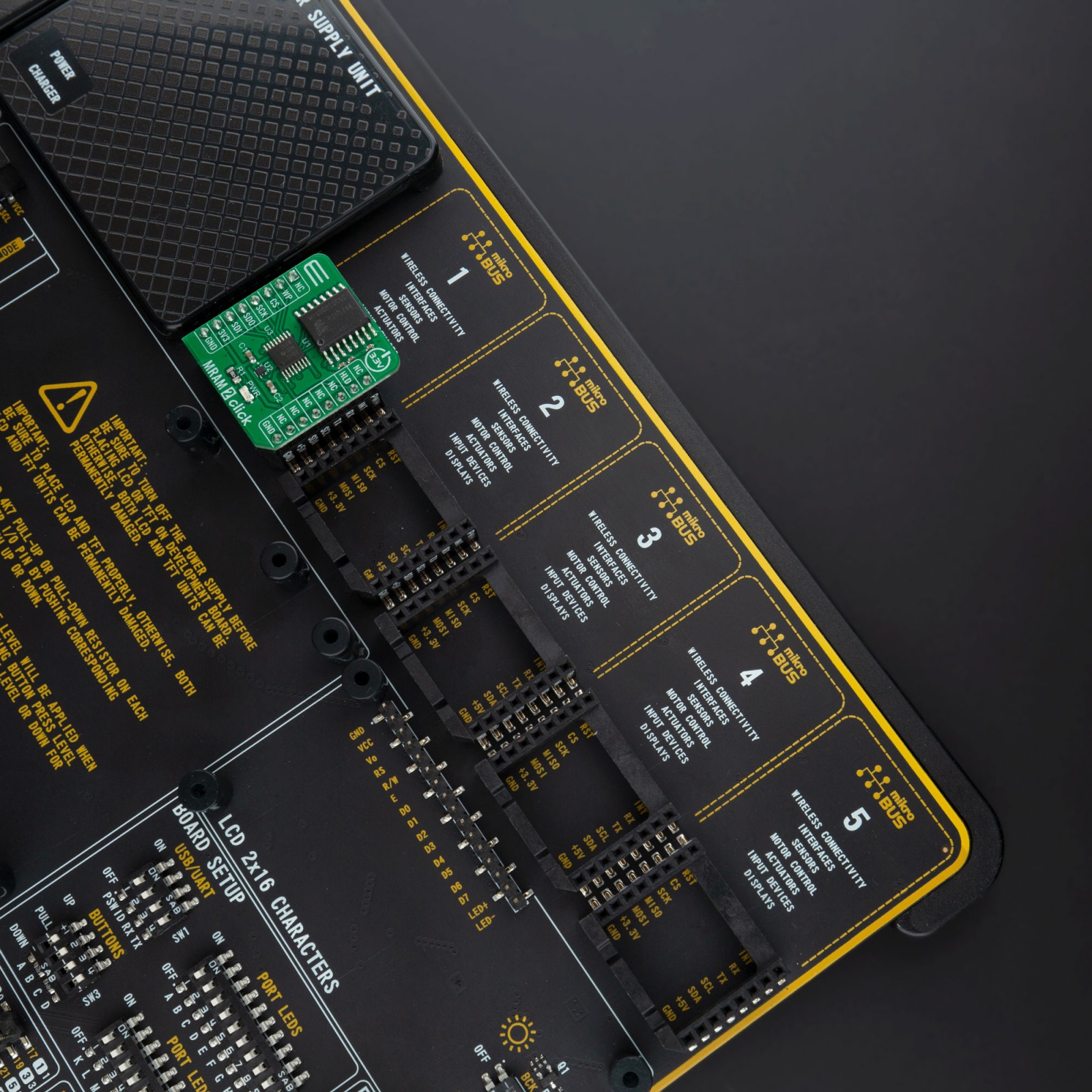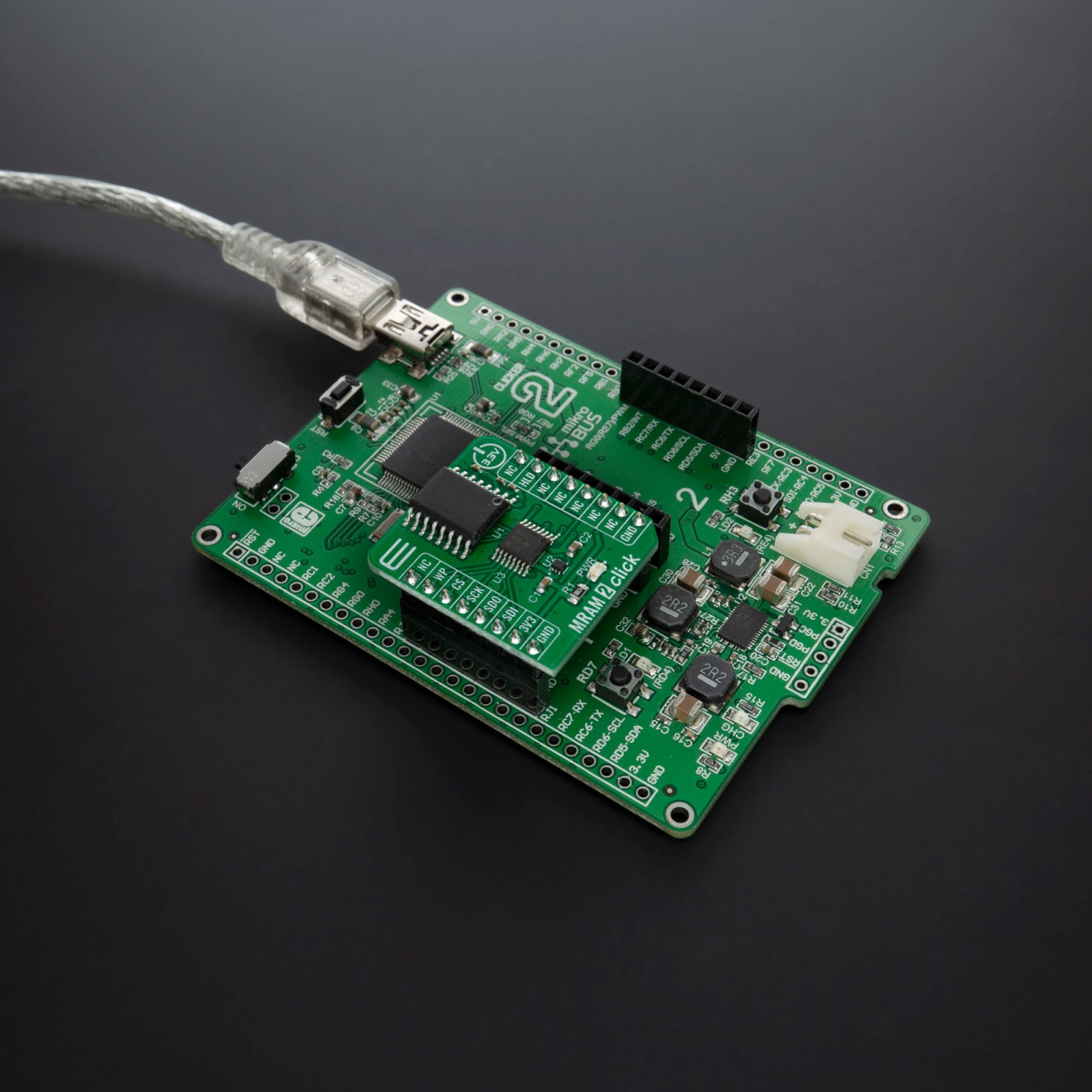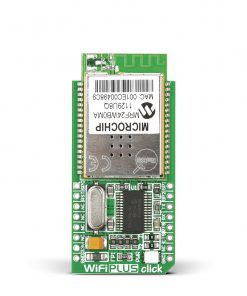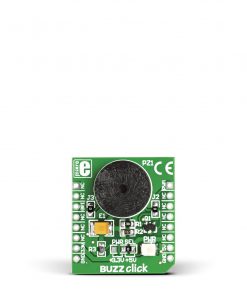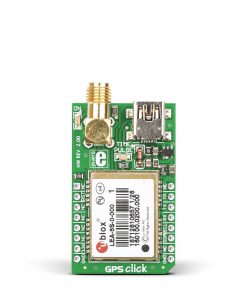MRAM 2 Click
R565.00 ex. VAT
MRAM 2 Click is a compact add-on board for applications that must store and retrieve data and programs quickly using a small number of pins. This board features the MR10Q010, 1Mb Quad Output High-Speed Serial SPI MRAM memory solution from Everspin Technologies. It operates in both standard, single SPI and High-speed QUAD SPI mode with a clock rate up to 104MHz, it features high bandwidth (read and write at 52MB/sec), automatic data protection in case of power loss, and tamper detection function that will detect possible data modification from outside magnetic fields. This Click board™ can be used both as a non-volatile storage media, or temporary RAM expansion for storing data in any embedded application.
MRAM 2 Click is supported by a mikroSDK compliant library, which includes functions that simplify software development. This Click board™ comes as a fully tested product, ready to be used on a system equipped with the mikroBUS™ socket.
Stock: Lead-time applicable.
| 5+ | R536.75 |
| 10+ | R508.50 |
| 15+ | R480.25 |
| 20+ | R462.17 |



